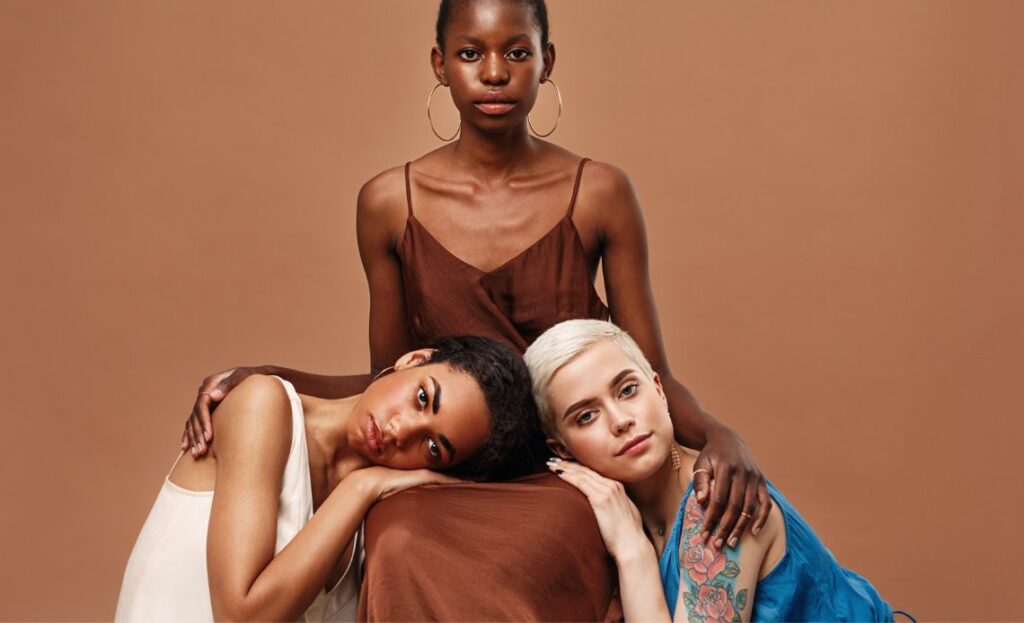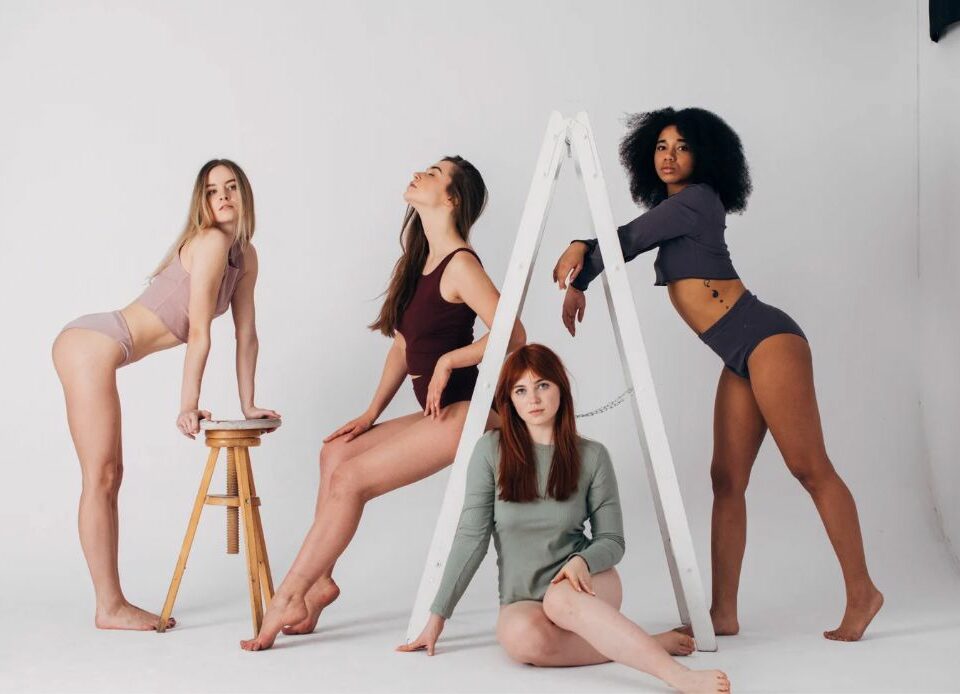The Petite Modeling Industry: Opportunities and Challenges

People of all genders and heights who fall into the same height range can participate in petite modeling, a specialized sub-business within the modeling industry that caters to those 5’4″ or lower.
What is Petite Modeling?
People significantly shorter than the 5’7″ to 6’0″ height range, often associated with models, are also possible candidates. 5’4″ or shorter models are considered part of the “petite modeling” genre. Advertisements, catwalk shows, and magazine spread frequently use diminutive models.
The Rise of Petite Modeling
The modeling industry has a history of promoting artificial beauty standards and rewarding models who conform to such norms. Different body shapes have only sometimes been accepted in the fashion industry, particularly in the small modeling sector. Companies and designers cast models of all ages, body kinds, and ethnicities to appeal to a broader demographic. As a result of the industry’s growing commitment to diversity and inclusion, possibilities have opened up for small models.
Benefits of Petite Modeling
Increased Representation and Diversity
Petite modeling has increased representation and diversity in the modeling industry. Petite models break stereotypes and prove that height does not determine beauty or talent. Consumers appreciate this message of openness because it speaks to their desire to see themselves reflected in popular culture.
More Opportunities for Petite Individuals
Petite modeling provides opportunities for individuals needing to meet the traditional modeling industry’s height requirements. Petite models can work in various sectors, such as commercial modeling, fit modeling, and showroom modeling. The versatility of Petite modeling offers a range of opportunities for petite individuals.
Focus on Body Positivity and Self-Love
Petite modeling encourages a focus on body positivity and self-love. Petite models are praised for their unique beauty and are celebrated for their confidence and self-assurance. The emphasis on body positivity and self-love promotes a healthy mindset and challenges the unrealistic beauty standards that have plagued the modeling industry for years.
Challenges of Petite Modeling
Height Requirements and Stereotypes
One of the most significant challenges of petite modeling is the height requirements and stereotypes of the industry. Many brands and designers still favor taller models, and some may view petite models as “cute” or “adorable” rather than serious models. These stereotypes can limit the opportunities available to petite models.
Limited Job Opportunities
Due to the specialized nature of petite modeling, prospects for employment may be scarce. Petite models may need to be more aggressive in their pursuit of work and open to exploring new sectors of the modeling profession.
Intense Competition
Due to the limited job opportunities, there can be intense competition among petite models. Making a strong first impression on potential customers is crucial. Building a strong portfolio and networking can help petite models get noticed and land jobs.
How to Get Started in Petite Modeling
Getting started in petite modeling requires dedication, perseverance, and a bit of luck. Here are some recommendations for getting going:
Finding a Reputable Agency
The first thing you need to do if you want to start a career as a small model is to find a reputable modeling agency that represents petite models. You should seek reputable companies that have worked with small models before.
Building Your Portfolio
Building a strong portfolio is essential in the modeling industry. Your portfolio should showcase your best work and highlight your unique qualities as a model. Consider working with a professional photographer to create a portfolio that stands out.
Networking and Marketing Yourself
Networking and marketing yourself are crucial in the modeling industry. Gain exposure and new clients by participating in industry events, connecting with other professionals, and posting frequently on social media.
Tips for Success in Petite Modeling
Here are some tips to help you succeed in the petite modeling industry:
Maintain a Positive Attitude
Maintaining a positive attitude is essential in the modeling industry, where rejection is common. Always strive toward your goals, and view setbacks as opportunities for growth.
Stay in Good Physical Shape
Staying in good physical shape is essential in the modeling industry. Keep your body tip-top by following a nutritious diet and regular exercise program.
Be Professional and Reliable
Being professional and reliable is crucial in the modeling industry. Show up on time, be prepared, and always give your best.
FAQs
What height is considered petite in modeling?
Petite modeling typically refers to individuals who are 5’4″ or shorter.
Can men be petite models?
Yes, men can be petite models as well. Petite modeling is not limited to a specific gender.
Are there age restrictions for petite models?
There are no age restrictions for petite models, but most models in the industry are in their late teens or early twenties.
Do petite models get paid less than traditional models?
Pay rates for models can vary depending on the job and the agency, but there is no set pay rate for petite models that is less than traditional models.
Can petite models transition to traditional modeling?
Yes, some petite models have been able to transition to traditional modeling, but it can be challenging. It is essential to have a strong portfolio and network in the industry to make the transition.
Conclusion
The petite modeling industry offers opportunities for individuals needing to meet the traditional modeling industry’s height requirements. However, it also comes with challenges like height requirements and stereotypes, limited job opportunities, and intense competition. You can succeed in the petite modeling industry by finding a reputable agency, building a strong portfolio, and networking and marketing yourself.
Read More: What Height is Needed for Modeling?





